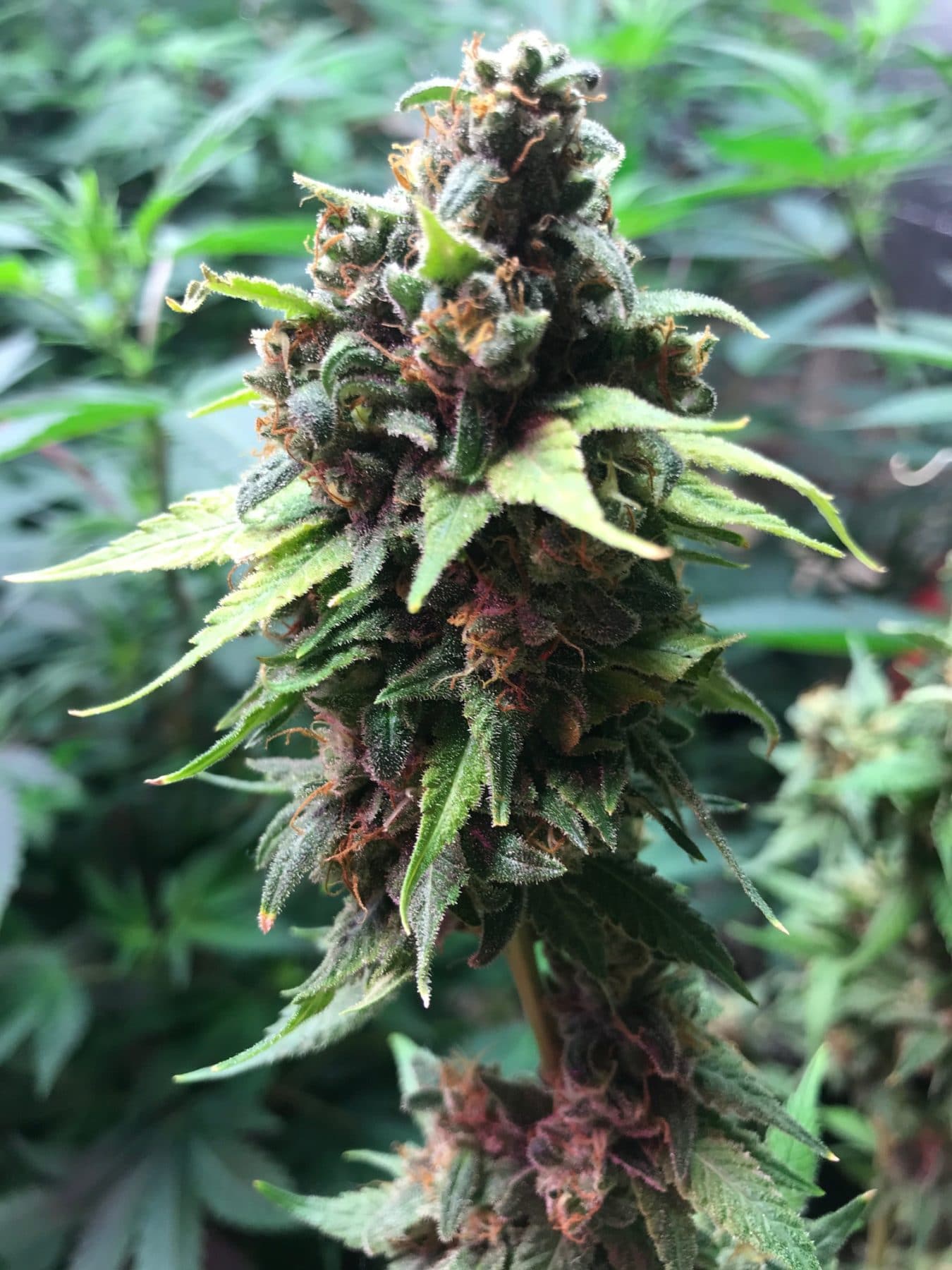Hydroponic systems have revolutionized indoor gardening, providing enthusiasts with efficient and effective methods for cultivating various plants, including cannabis, thus Exploring Different Hydroponic Systems for Indoor Weed Cultivation is important.
With the increasing interest in indoor weed cultivation, growers are exploring different hydroponic setups to maximize yields and quality. In this article, we delve into the world of hydroponics, exploring various systems tailored for indoor cannabis cultivation.

Understanding Hydroponic Systems
Hydroponics is a soilless cultivation technique that delivers nutrients directly to plant roots through water. This method offers several advantages over traditional soil-based gardening, including better control over nutrient uptake, faster growth rates, and higher yields. For indoor weed cultivation, hydroponic systems are favored for their versatility and ability to optimize growing conditions.
Types of Hydroponic Systems
- Deep Water Culture (DWC) System:
The DWC system is one of the simplest hydroponic setups, consisting of a reservoir filled with nutrient-rich water where plant roots are submerged. Oxygen is supplied to the roots through air stones or pumps, ensuring adequate aeration. DWC systems are popular among cannabis growers for their ease of setup and low maintenance requirements.
-
Nutrient Film Technique (NFT) System:
In NFT systems, a thin film of nutrient solution continuously flows over the plant roots, providing a constant supply of water and nutrients. This system utilizes a sloping channel where plants are placed, allowing gravity to facilitate nutrient flow. NFT systems are ideal for cannabis cultivation due to their efficient use of water and nutrients.
-
Ebb and Flow (Flood and Drain) System:
Ebb and flow systems consist of a tray or table filled with a growing medium such as clay pellets or rockwool. Periodically, the tray is flooded with nutrient solution from a reservoir, which is then drained away, providing oxygen to the roots. This cyclic flooding mimics natural irrigation patterns, promoting healthy root development and nutrient absorption.
-
Aeroponic System:
Aeroponic systems suspend plant roots in the air, allowing them to be periodically misted with nutrient solution. This setup promotes rapid nutrient absorption and encourages robust root growth. Aeroponic systems are highly efficient in water usage and are favored by growers seeking maximum yields in limited space.

Factors to Consider When Choosing a Hydroponic System
- Space: Consider the available space for your indoor grow operation. Compact systems like DWC or aeroponics are suitable for smaller spaces, while larger setups like ebb and flow systems may require more room.
-
Budget: Evaluate the cost of equipment, including reservoirs, pumps, grow lights, and nutrient solutions. Choose a system that aligns with your budget and offers long-term value in terms of yields and efficiency.
-
Skill Level: Some hydroponic systems require more technical expertise to set up and maintain. Beginners may prefer simpler setups like DWC, while experienced growers might opt for more advanced systems like NFT or aeroponics.
-
Nutrient Management: Different hydroponic systems may require specific nutrient formulations and pH levels. Ensure you have a good understanding of nutrient requirements for cannabis cultivation and can effectively manage nutrient solutions.
Optimizing Indoor Weed Cultivation with Hydroponics
- Lighting: In addition to choosing the right hydroponic system, selecting appropriate grow lights is crucial for indoor cannabis cultivation. LED grow lights are popular for their energy efficiency and customizable spectrum, providing optimal light conditions for plant growth and flowering.
-
Nutrient Solutions: Invest in high-quality nutrient solutions formulated for cannabis cultivation. Pay attention to nutrient ratios and adjust accordingly based on plant growth stages. Regularly monitor pH levels to ensure nutrient uptake efficiency and prevent nutrient deficiencies or toxicities.
-
Environmental Control: Maintain ideal environmental conditions, including temperature, humidity, and airflow, to promote healthy plant growth and minimize pest and disease risks. Utilize fans, ventilation systems, and climate control devices to create a stable growing environment.
-
Monitoring and Maintenance: Regularly monitor plant health, growth progress, and system parameters such as nutrient levels and pH. Conduct routine maintenance tasks such as cleaning reservoirs, replacing nutrient solutions, and inspecting equipment for signs of wear or malfunction.

Conclusion
Hydroponic systems offer cannabis growers a versatile and efficient method for indoor cultivation, allowing for precise control over growing conditions and maximizing yields. By exploring different hydroponic setups such as DWC, NFT, ebb and flow, and aeroponics, growers can find the perfect system to suit their space, budget, and skill level. Coupled with proper lighting, nutrient management, and environmental control, hydroponics can optimize indoor weed cultivation, resulting in healthy plants and high-quality yields. Experiment with different hydroponic systems to discover the best approach for your indoor cannabis garden.
Please Share This Important Article

 Cannabis News2 years ago
Cannabis News2 years ago
 One-Hit Wonders2 years ago
One-Hit Wonders2 years ago
 Cannabis 1012 years ago
Cannabis 1012 years ago
 drug testing1 year ago
drug testing1 year ago
 Education2 years ago
Education2 years ago
 Cannabis2 years ago
Cannabis2 years ago
 Marijuana Business Daily2 years ago
Marijuana Business Daily2 years ago
 California2 years ago
California2 years ago
















